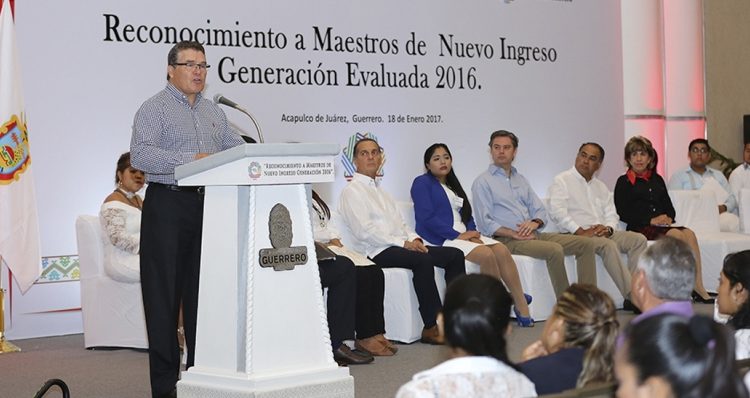Oceania/Australia/Michael Heath/Bloomberg
Australia’s solid labor market performance this century is sullied by its failure to fully tap the potential of women: those with young children, single mothers and females in their late 50s.
Women with children under five and sole parents with a child under 15 in Australia face an employment gap of about 25 percentage points to those without kids, the Paris-based Organisation for Economic Co-operation & Development said in a report Friday. Another major issue for Australian women aged between 25 and 54 years with children is that they tend to only work part-time, it said.
“Australia’s relatively high childcare costs are one important factor contributing to the high ‘not in employment, education or training’ rates among young mothers with young children,” the group said, noting that despite improvements the nation still ranks in the bottom third of OECD member states for female employment. “There are potentially large losses to the economy when women stay at home or work short part-time hours.”
Goldman Sachs Group Inc. has estimated that if Australia lifted its female participation rate closer to that of males it could bring economic benefits equivalent to 11 percent of gross domestic product. Moreover, young Australian women are better-educated than their male counterparts: in 2014, some 53.7 percent of 25-34 year-old women had attained tertiary education, compared with 42.5 percent of men, according to the OECD.
The group says that while across its member states rates of people ‘not in employment, education or training’ exhibited a clear gender pattern, Australia stood out: NEET rates are 36 percent higher for women than men across the OECD; whereas Down Under, it’s 51 percent.
Part-Timers
While some of the OECD’s data is dated, in the past year the Australian economy’s gravitation toward part-time work has become more evident. About 80,000 full-time jobs were lost since the start of 2016, while 185,000 part-time roles were created.
It’s not just people opting not to work full time: in 2015, involuntary part-time employment was 8.4 percent of the labor force, more than double the OECD average of 3.7 percent and only exceeded by crisis-hit Italy with 10.4 percent, the group said.
On average in the OECD, employment rates of women with children are lower than those of women aged 25-54 years without a child. While in many countries the difference is rather small, in Australia it’s almost 9 percentage points.
Working Mums
Recent analysis by the OECD shows that among partnered working mothers aged 25-45 years in Australia, 45 percent work part-time and four-fifths of them cite family reasons for doing so. They also work very short hours on average — less than 20, the second lowest in the OECD. In contrast, countries like Belgium, Iceland, France, Sweden and Denmark enable part-time working mothers to work longer by providing better childcare services.
Then there are single mothers. While a 2006 crackdown on welfare payments pushed the employment rate to 57.2 percent in 2008 from 46.1 percent in 2004, it fell back to 50.8 percent in 2014. That’s the third-lowest in the OECD after Ireland and Turkey.
While the employment rate for Australians aged 55-59 years is around the OECD average, owing to the lower labor market participation of women in comparison to many other OECD countries, Australia also has a relatively large gender gap for those aged 55-64 years.
Fuente: https://www.bloombergquint.com/onweb/2017/03/09/australia-s-lack-of-women-in-workforce-highlighted-by-oecd
Imagen tomada de: http://studysmart.library.qut.edu.au/module6/6_5/images/Mod6_5_plagiarism.jpg










 Users Today : 50
Users Today : 50 Total Users : 35460259
Total Users : 35460259 Views Today : 66
Views Today : 66 Total views : 3418961
Total views : 3418961